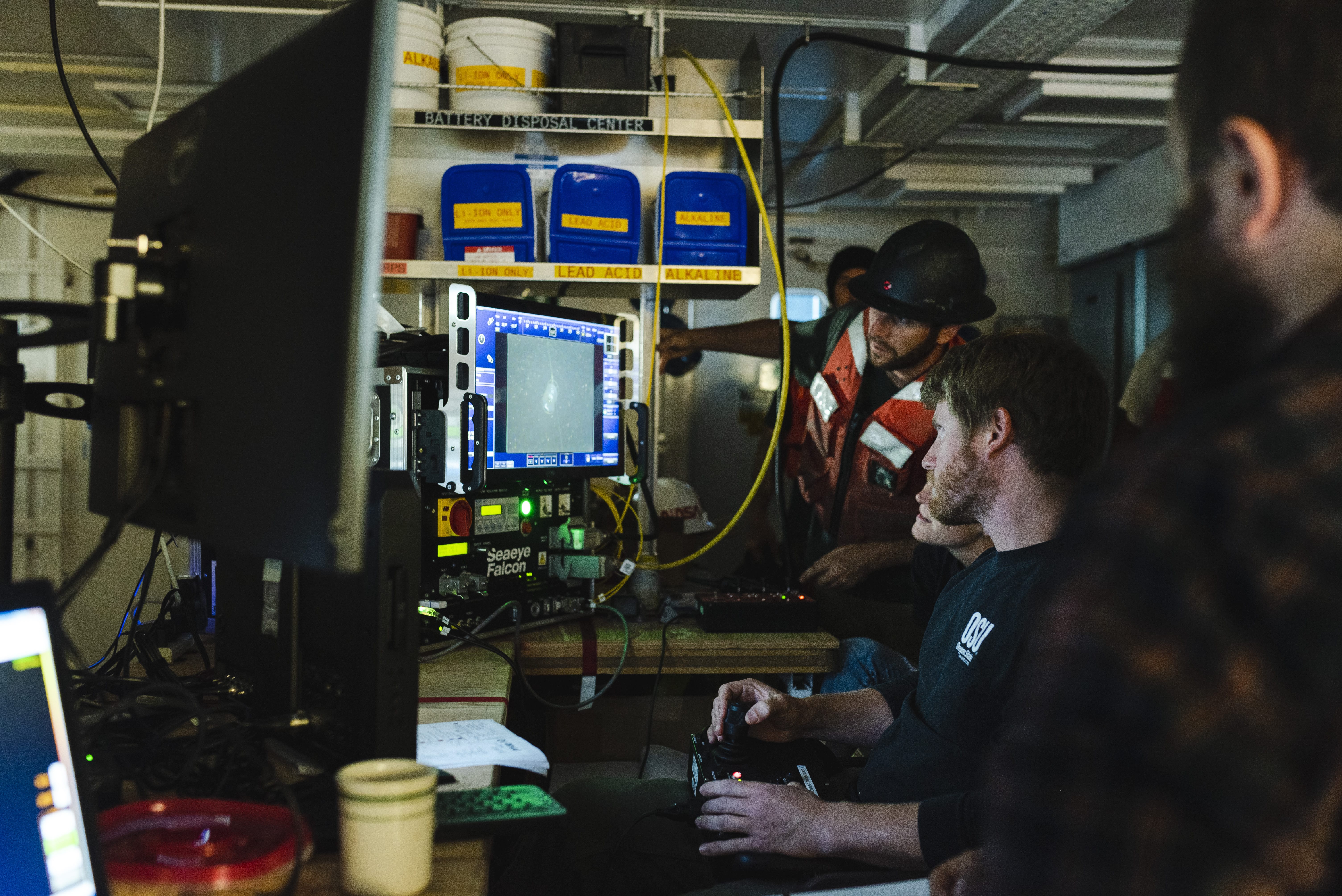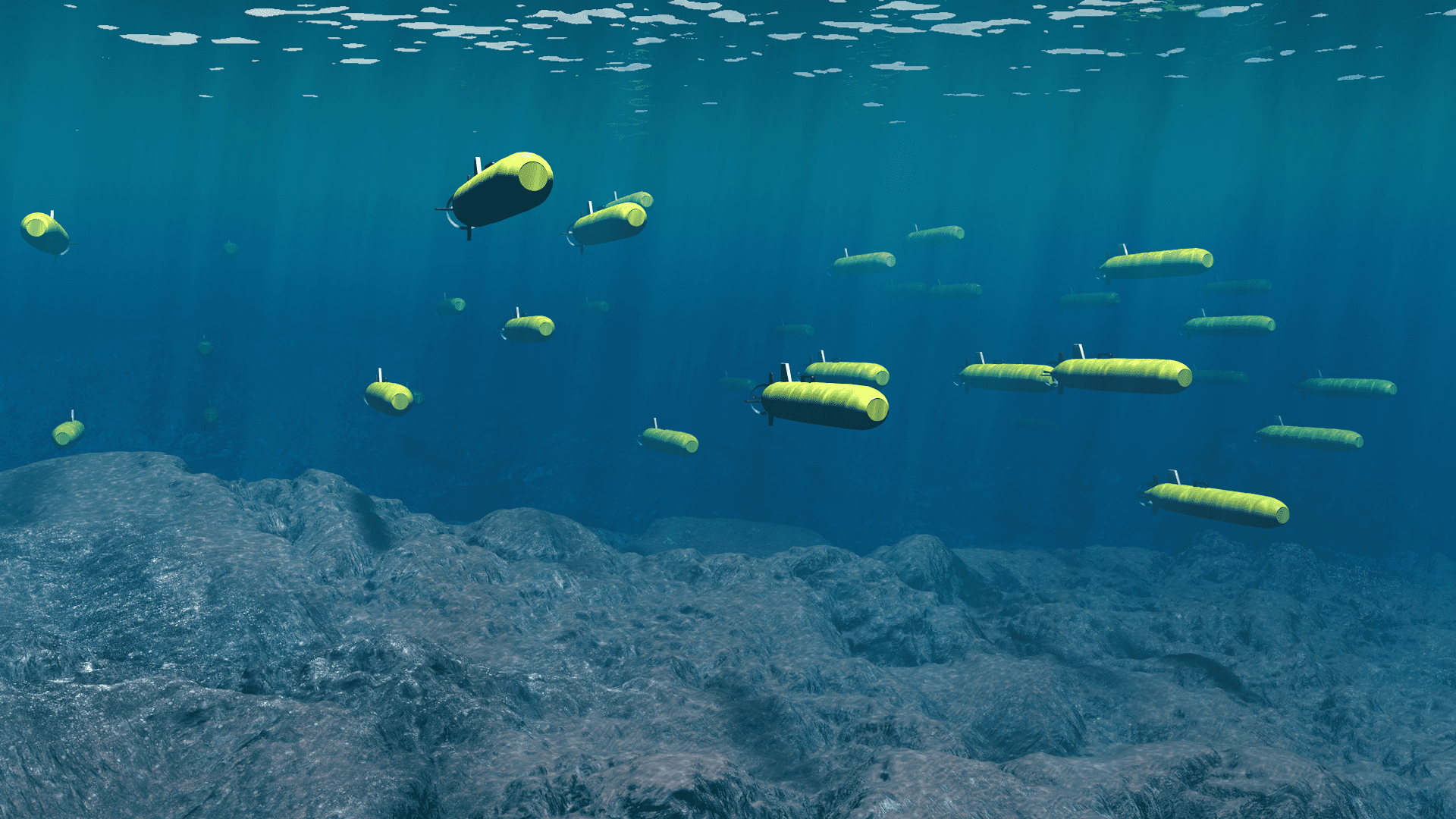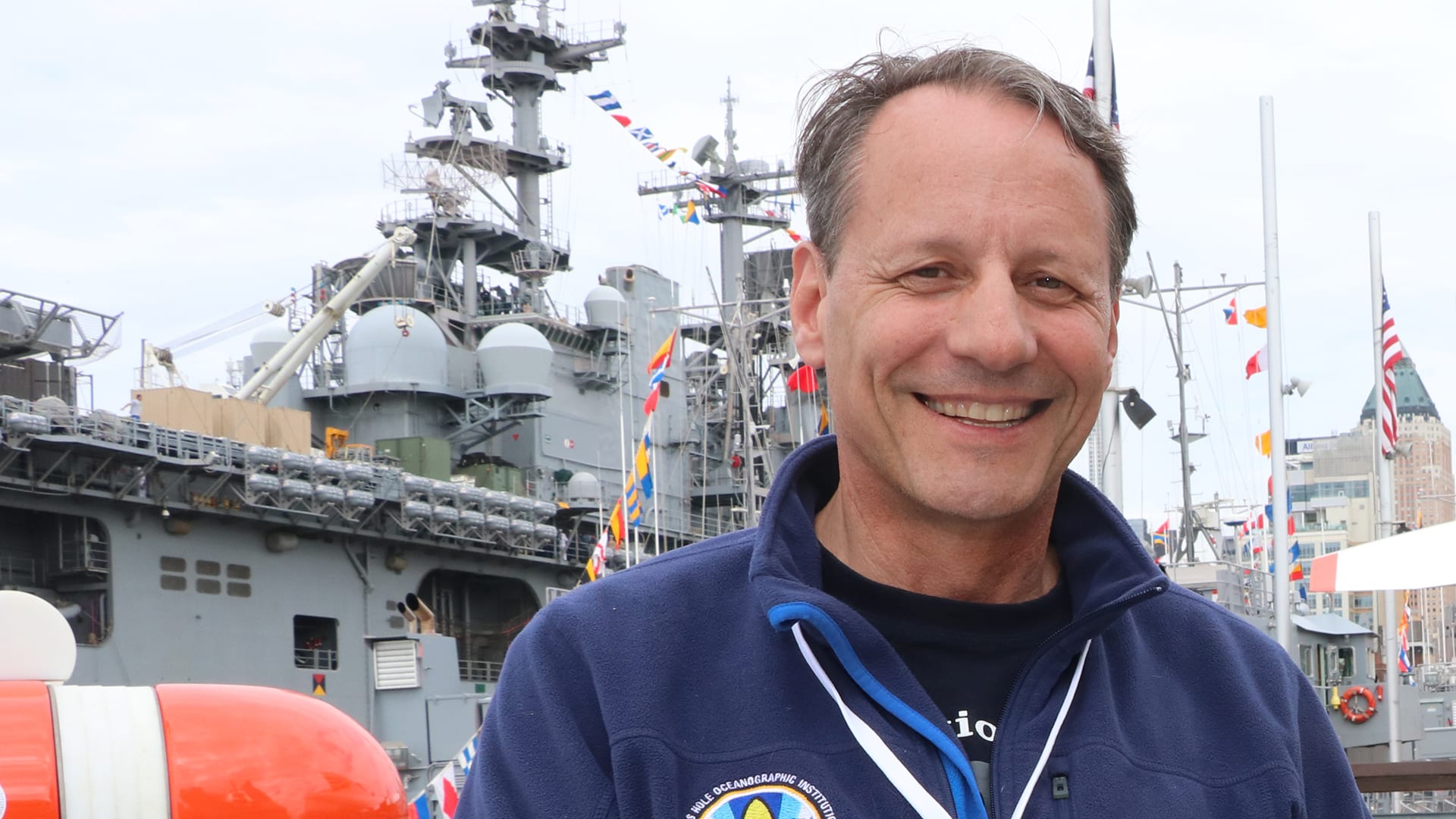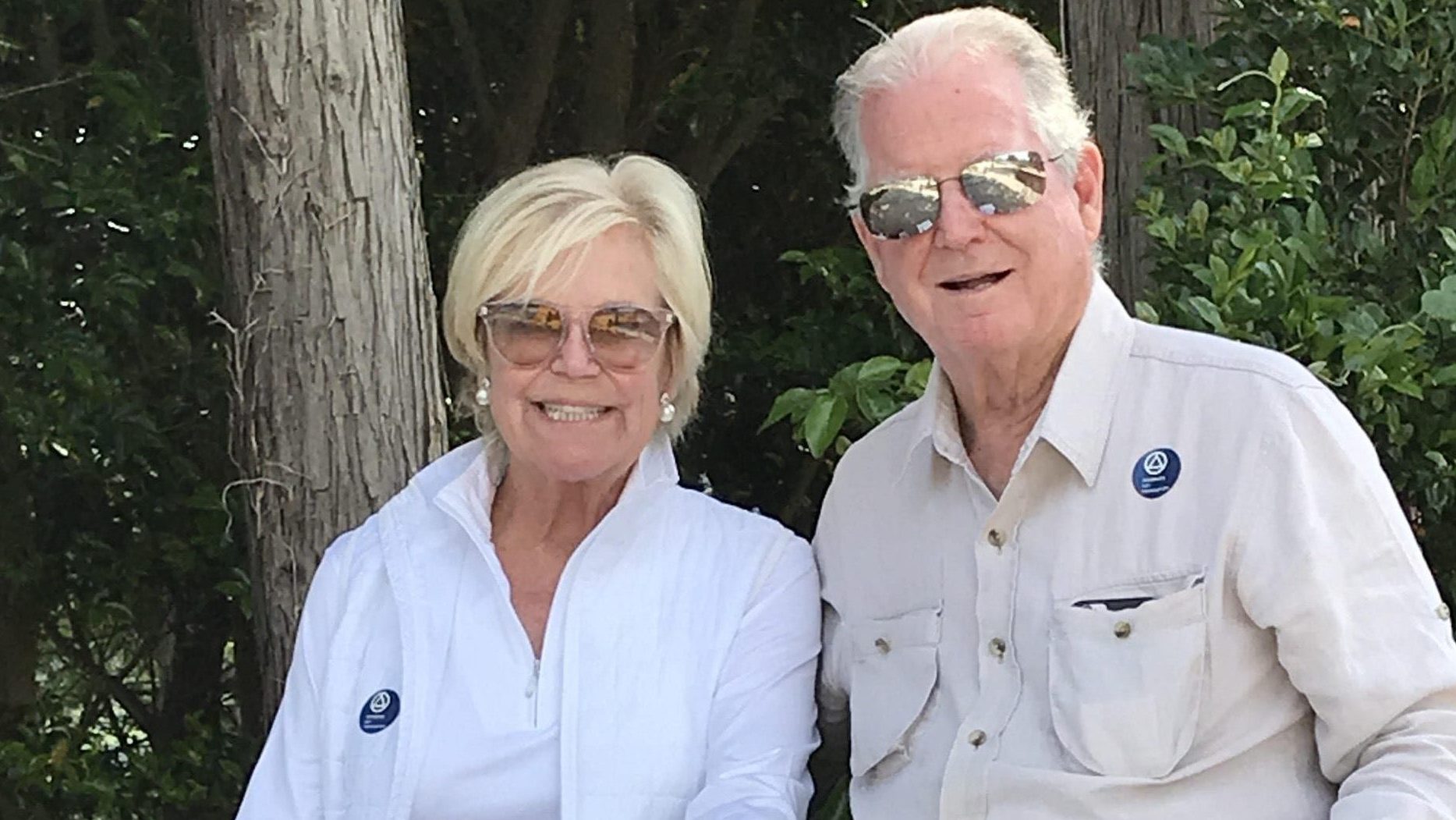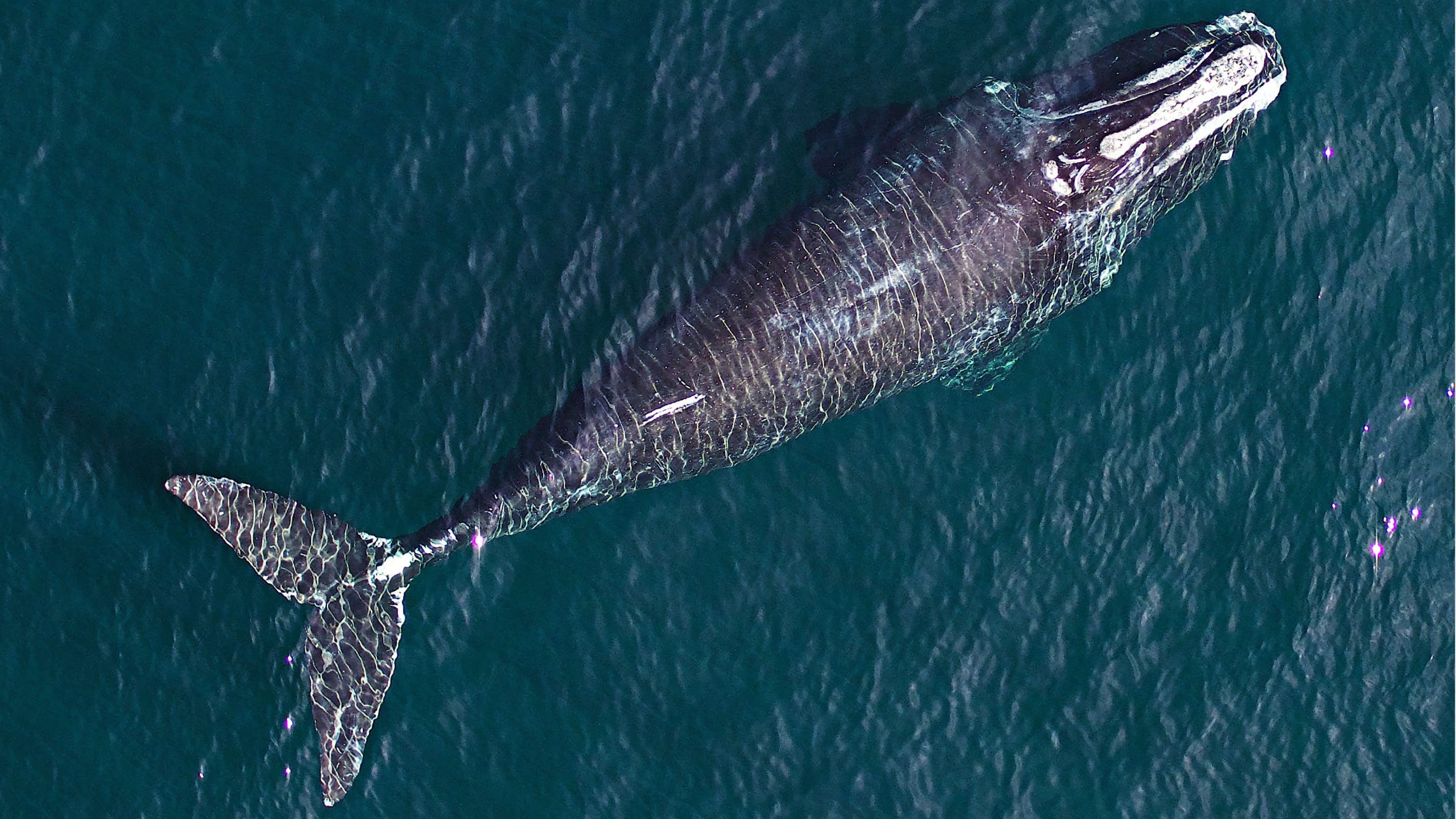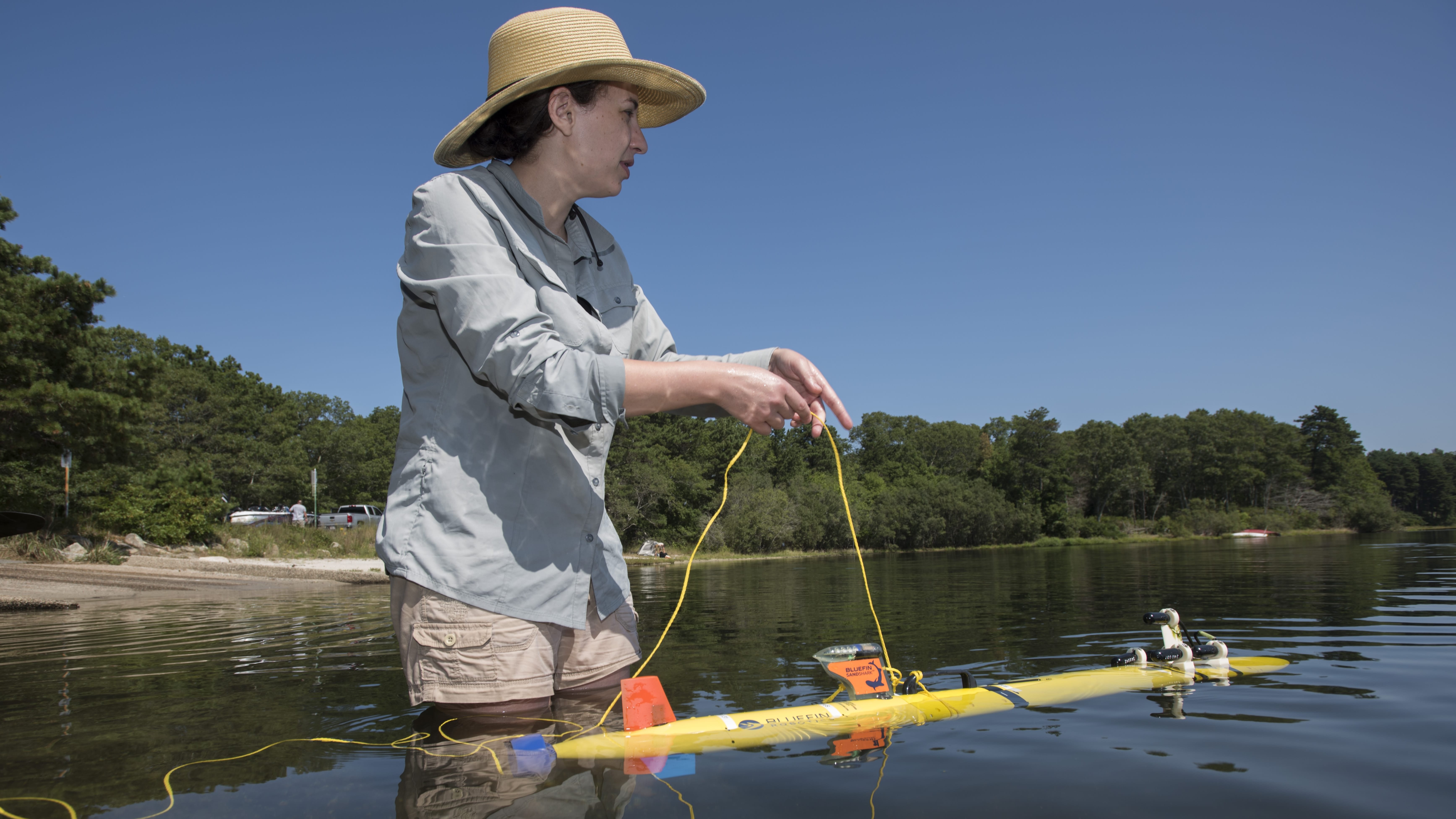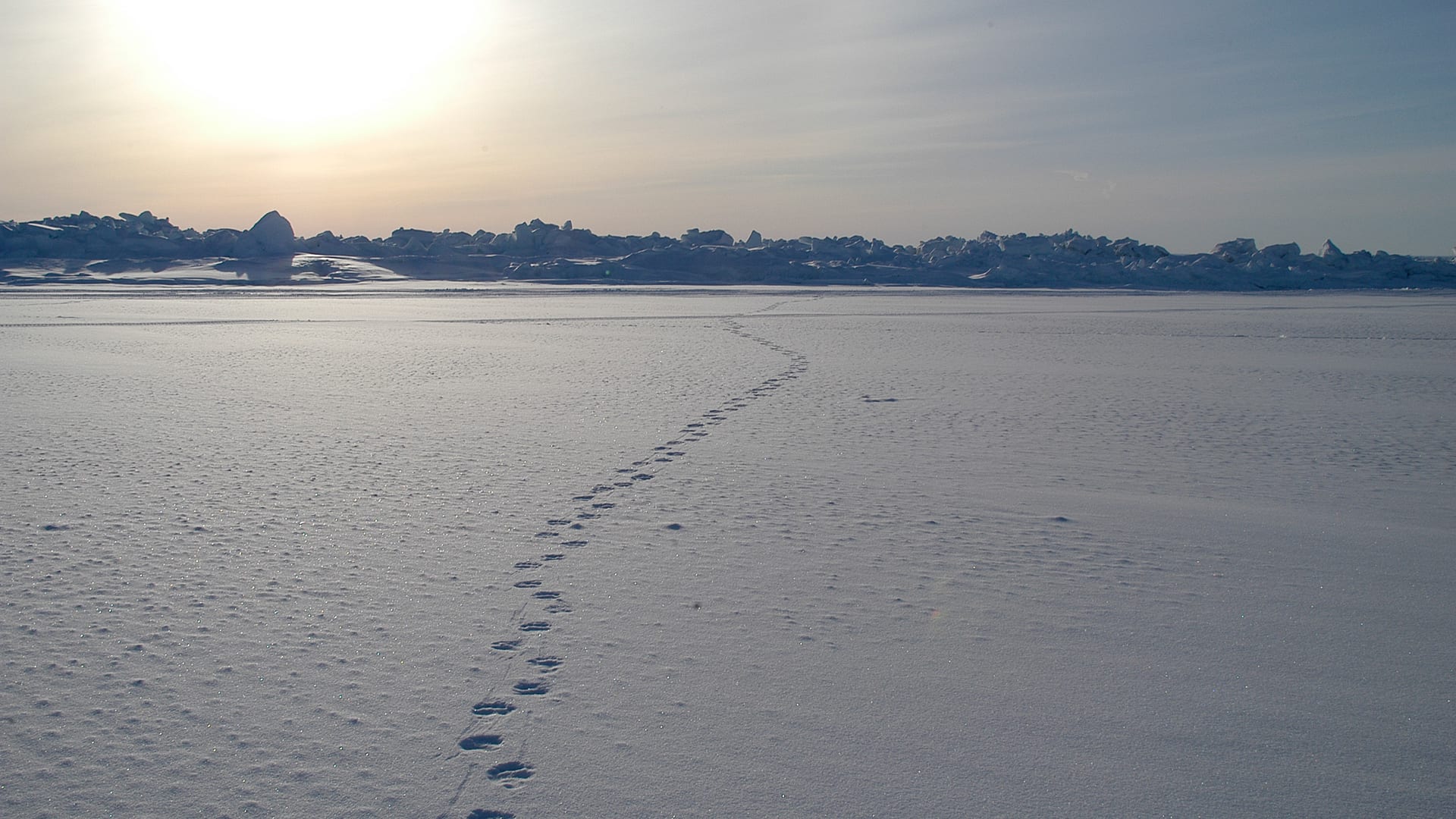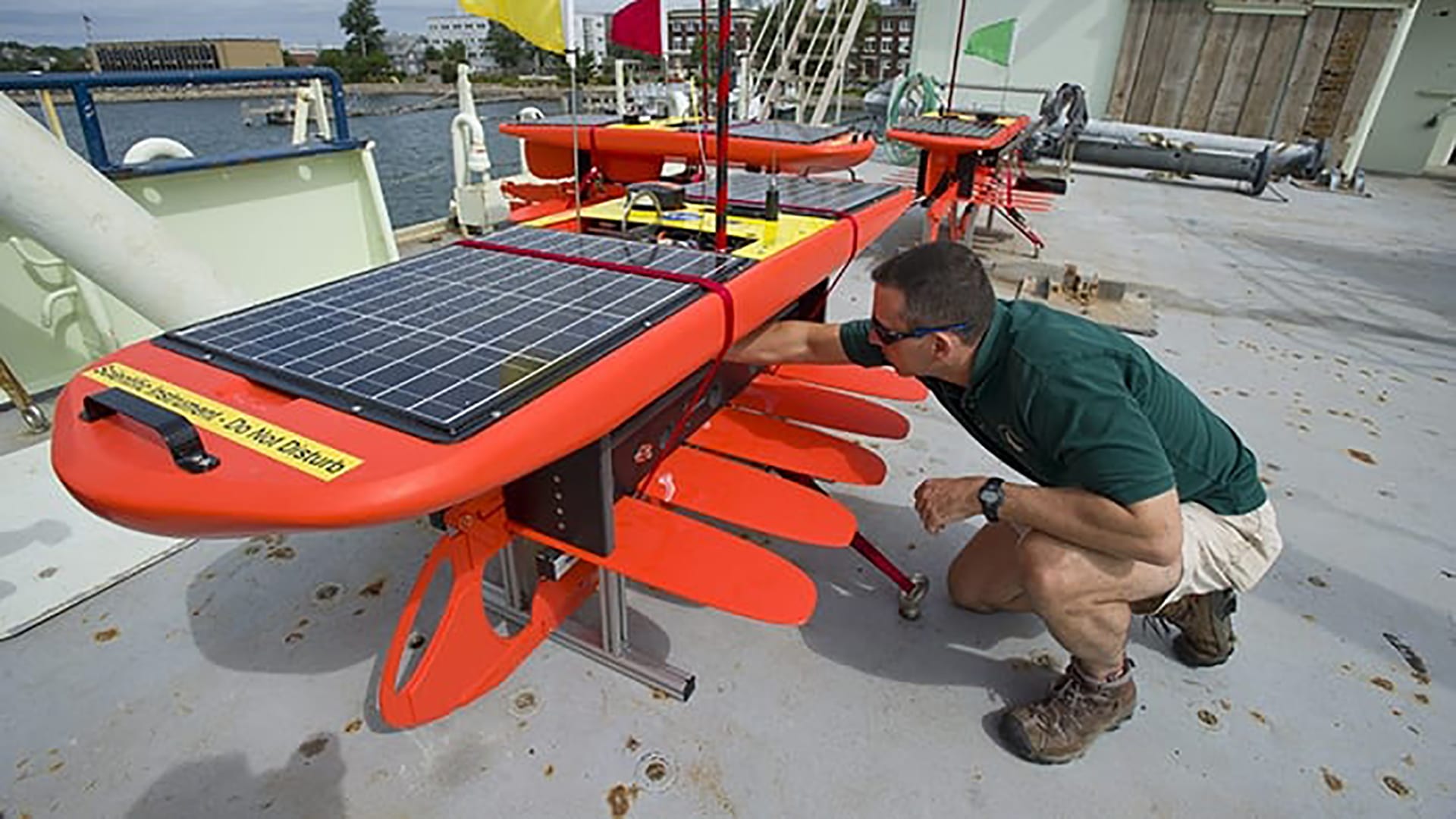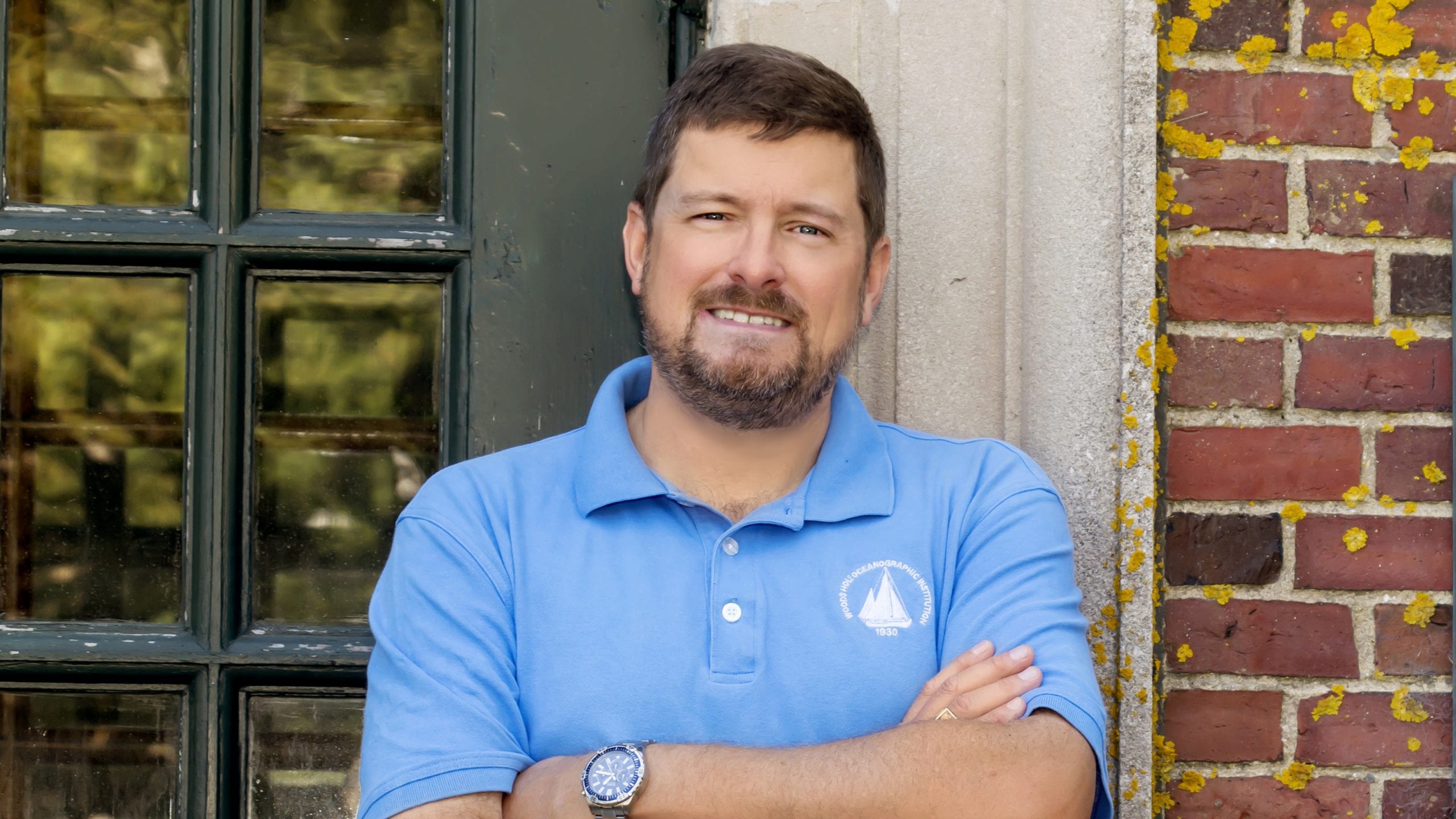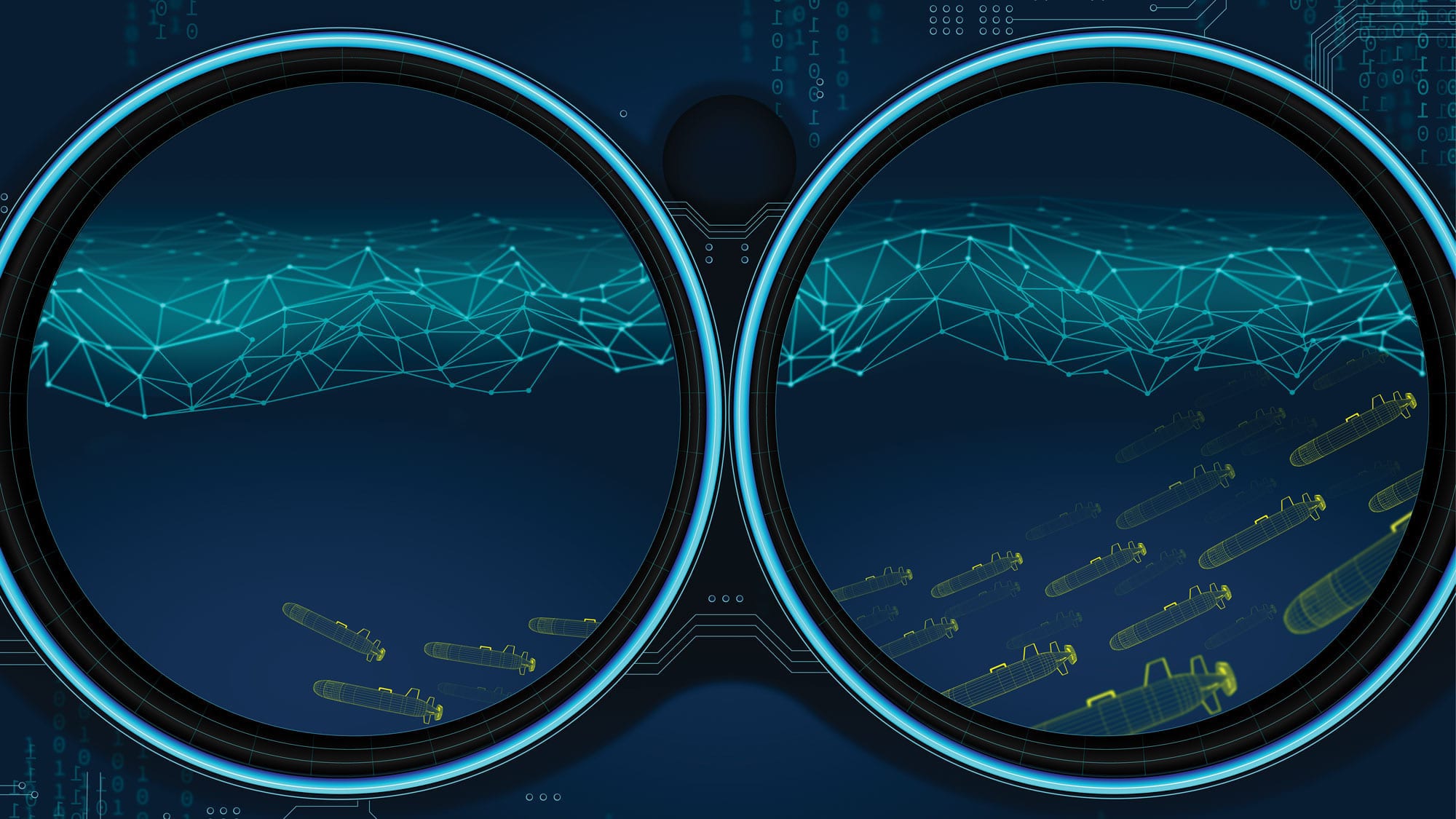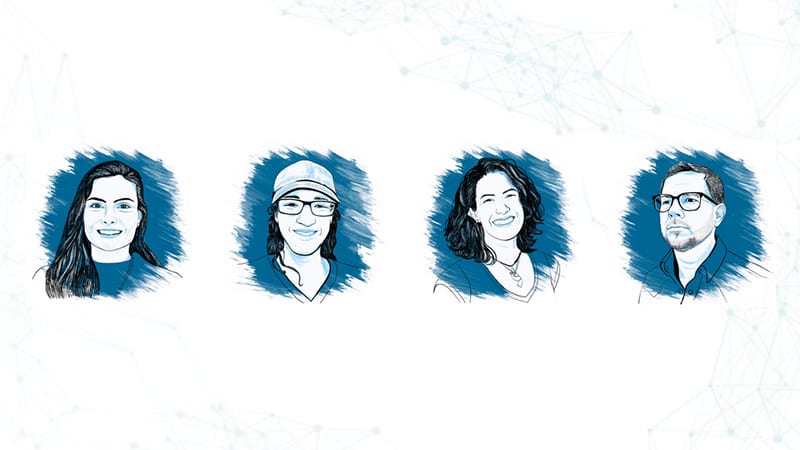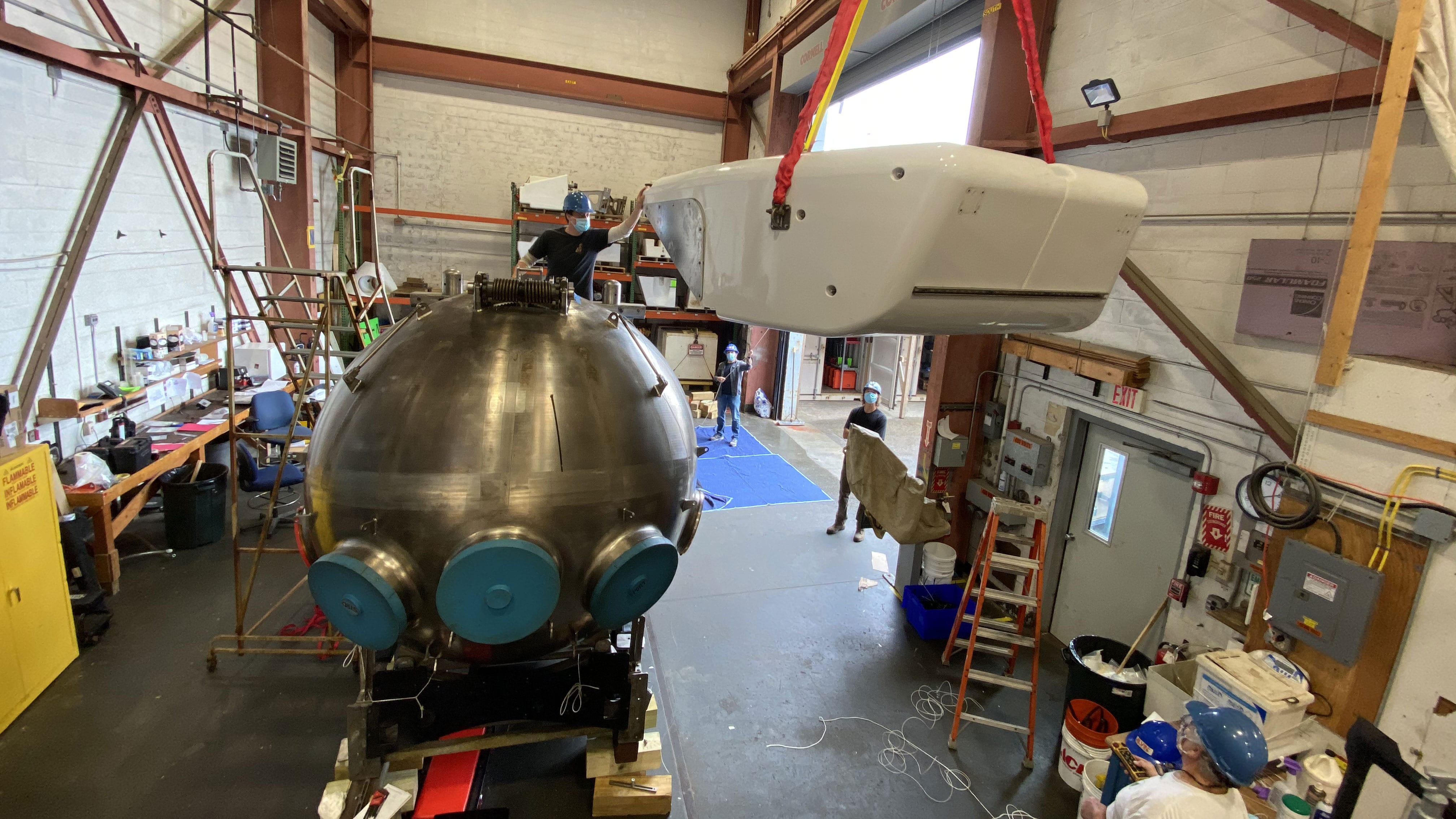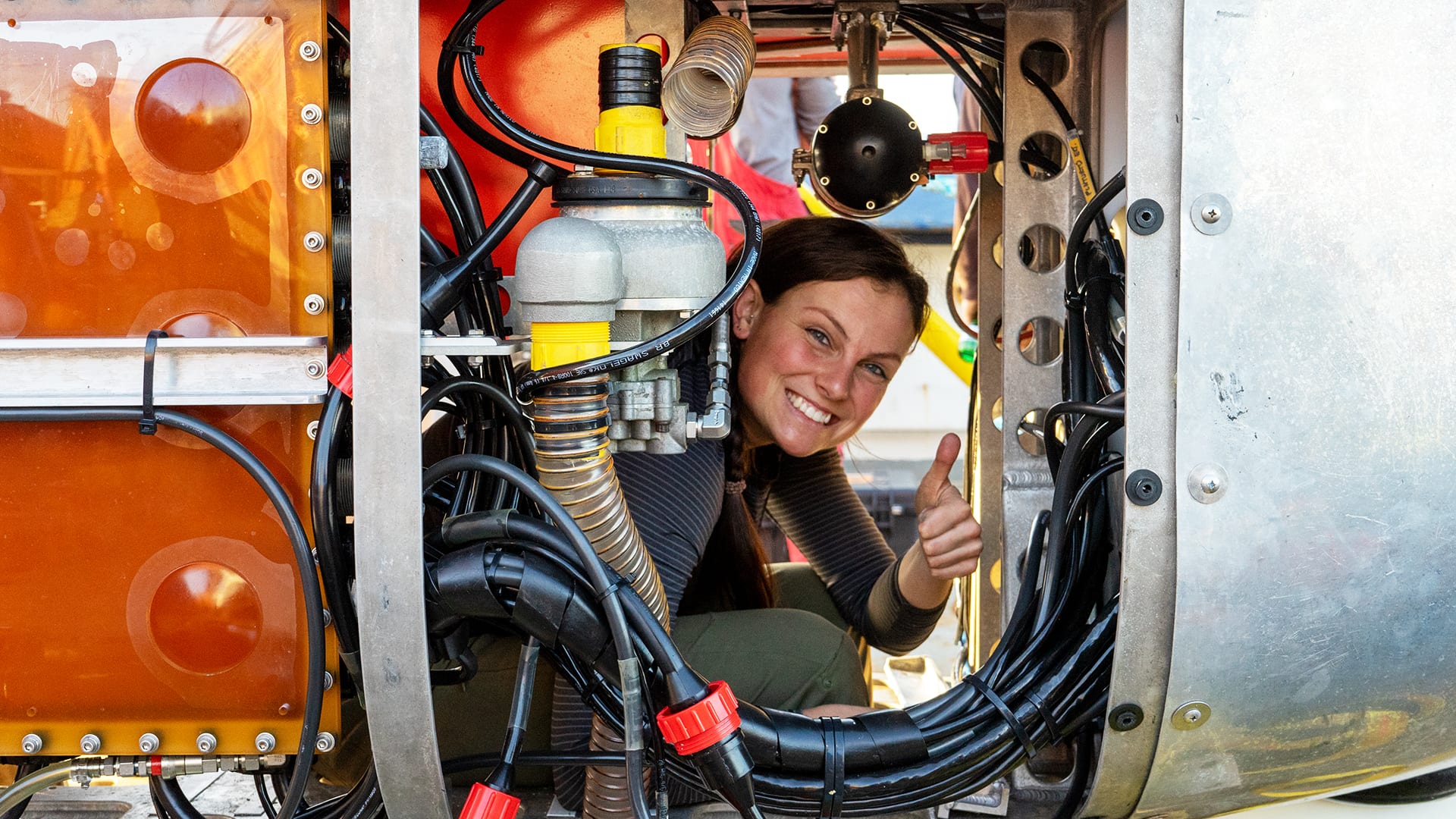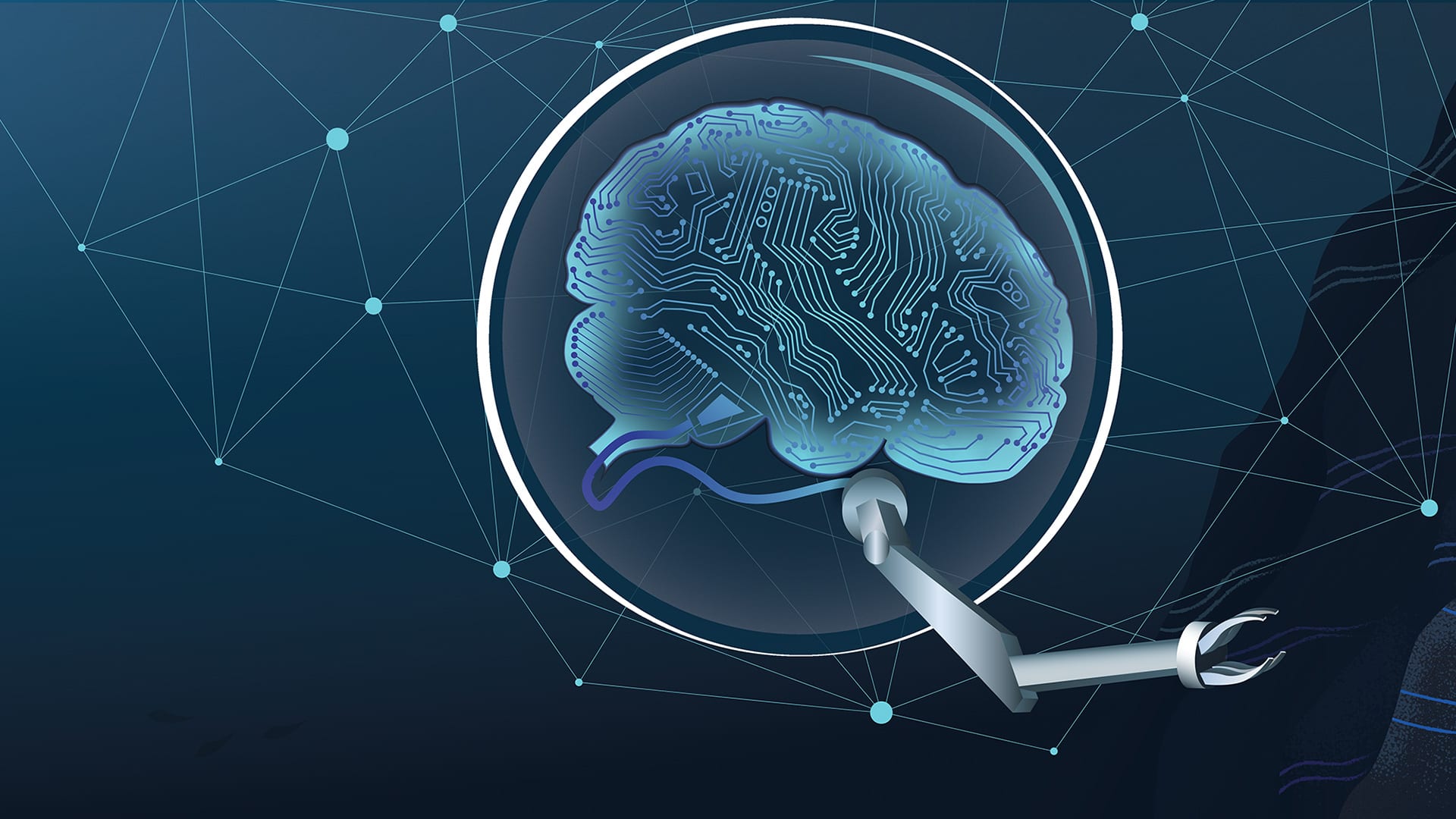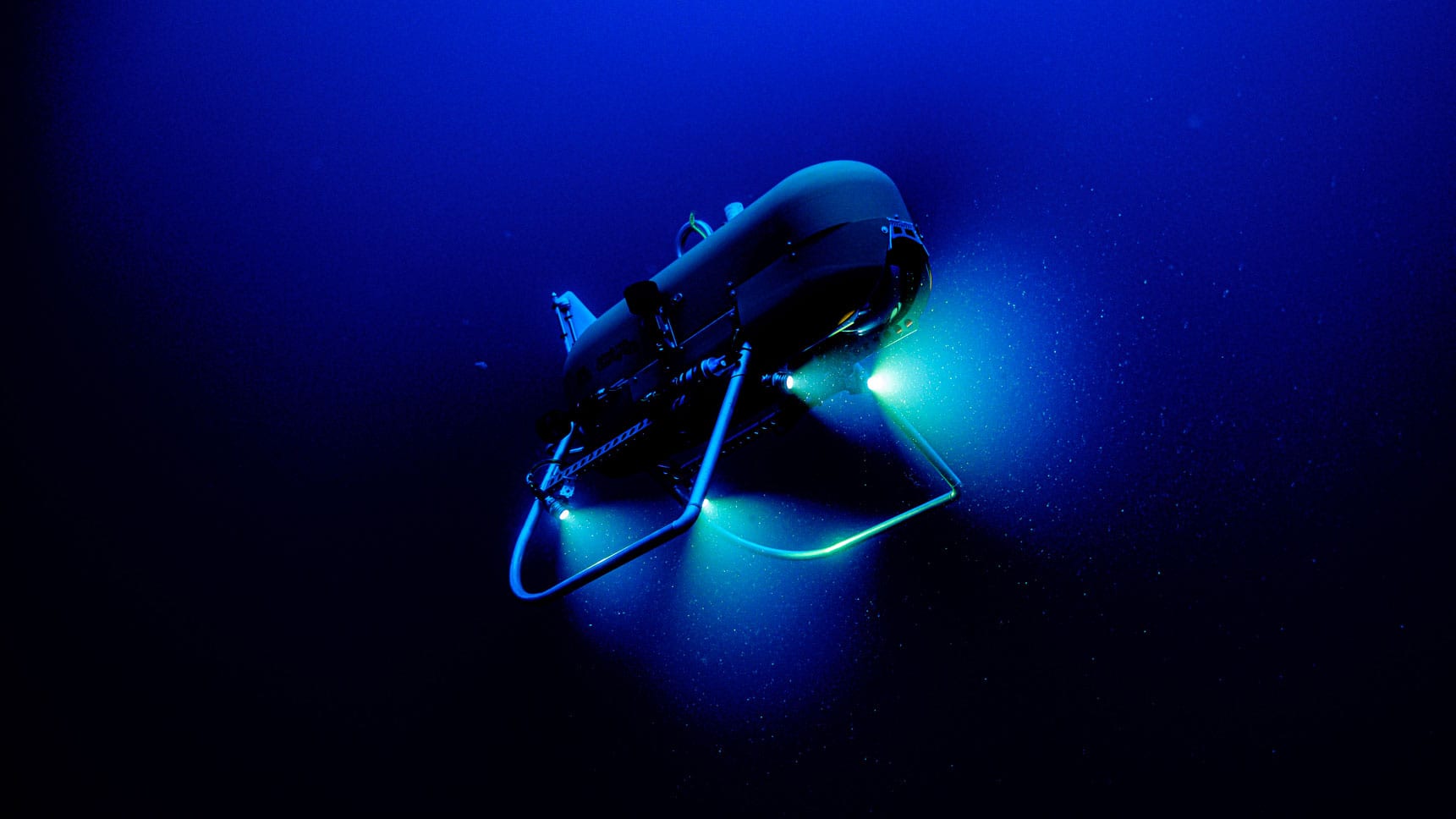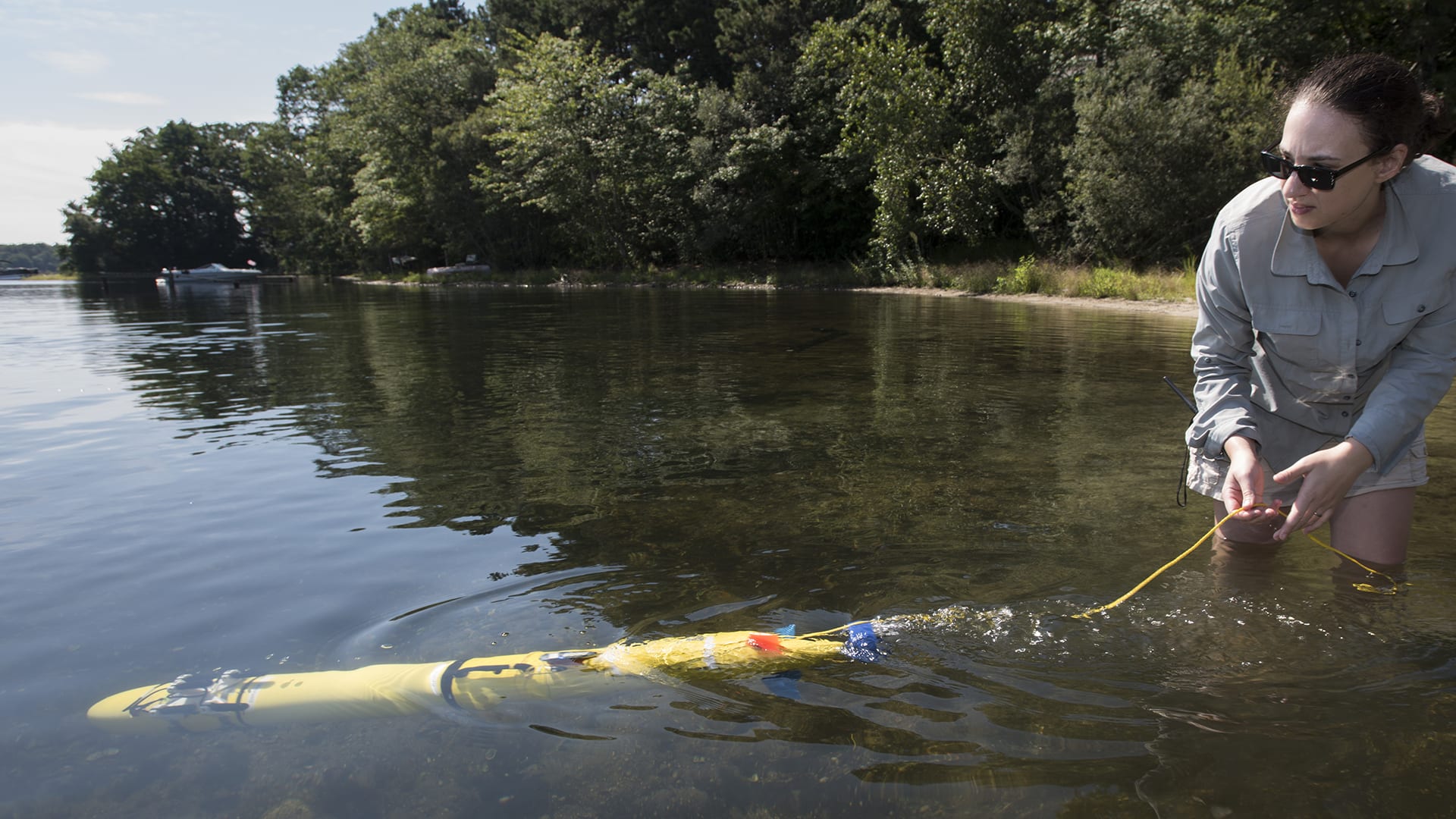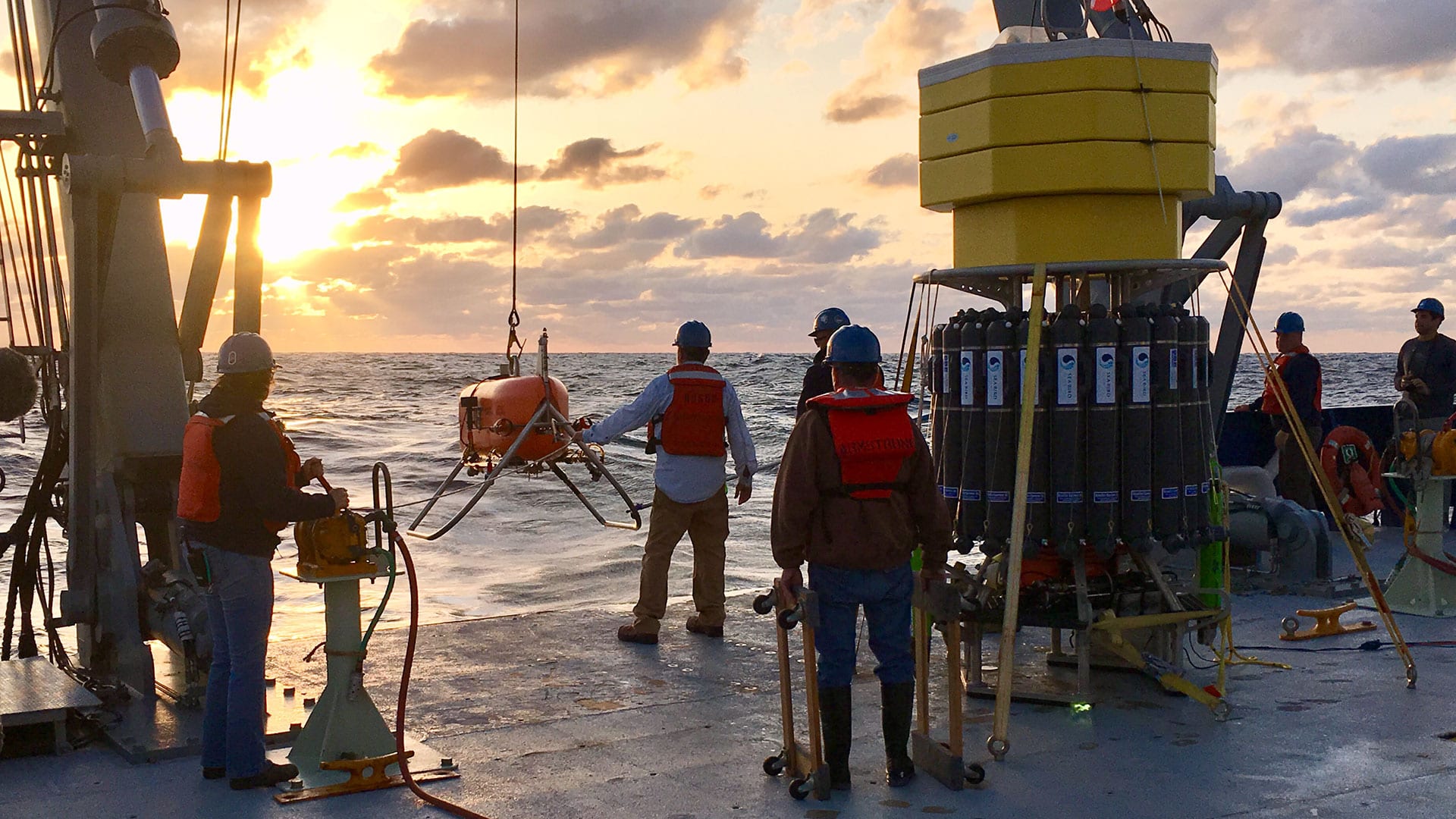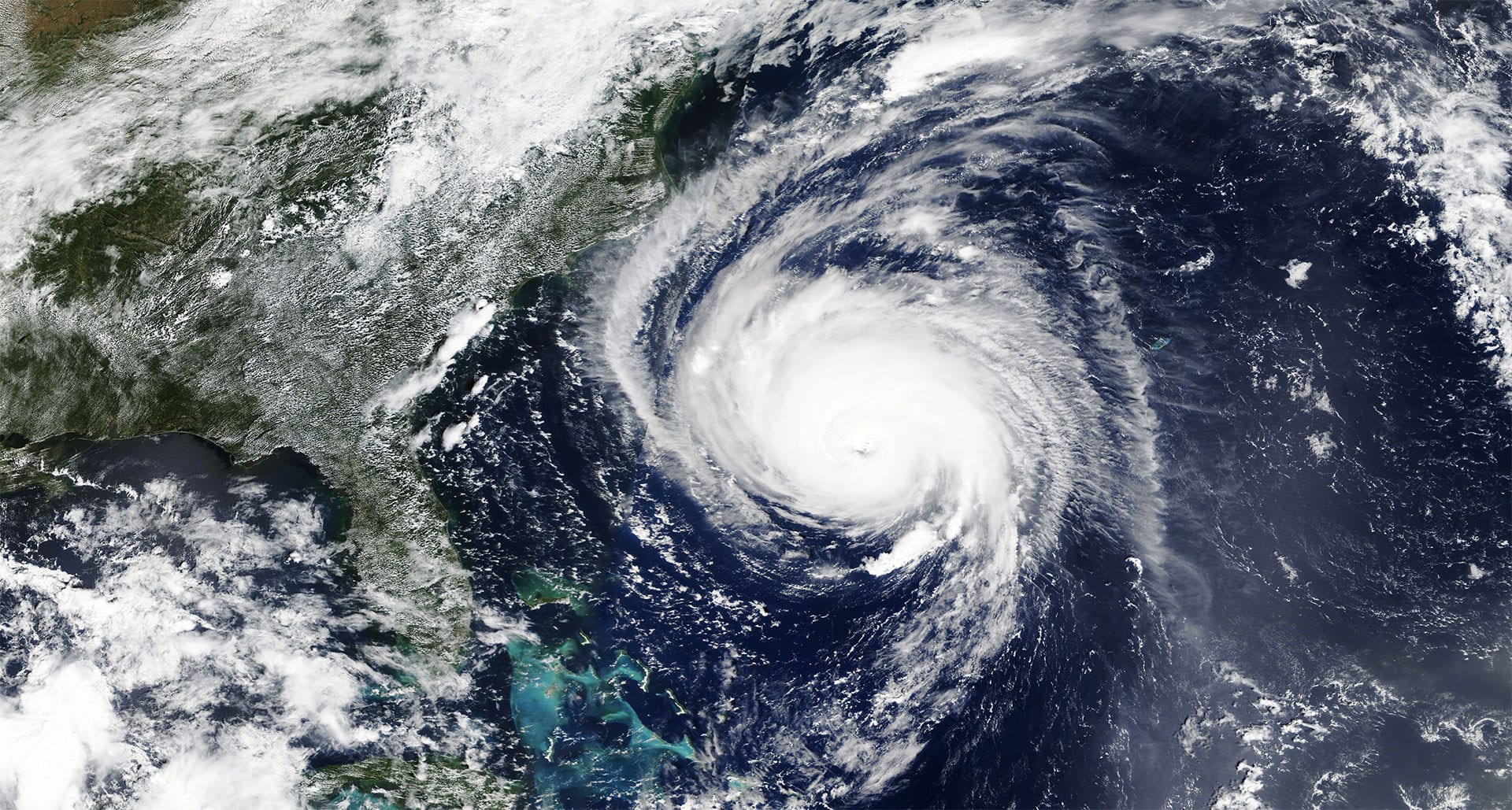News & Insights
Flight of the underwater falcon
How a remotely operated vehicle made by Saab is lending a watchful eye to scientific mooring operations.
Read MoreUnderwater robots swarm the ocean
Researchers test a new, acoustic-based navigation system to solve a problem that oceanographers have grappled with for years—getting multiple underwater robots to monitor the ocean cooperatively in swarm-like fashion.
Read MoreImagining new vehicles for exploration
Andy Bowen is the kind of guy who wakes up in the middle of the night unable to go back to sleep, because he’s just too excited about a solution he’s just imagined for a new robotic invention.
Read MoreGift enables new investments in ocean technologies
A grant from the Coleman and Susan Burke Foundation has allowed WHOI to make crucial investments in remote technology that enhance research innovation at sea. New video monitors aboard the R/V Neil Armstrong will allow scientists and crew to video conference throughout the ship or with colleagues on shore. The Burke Foundation also funded three projects making use of novel data streams from the Ocean Observatories Initiative and field test a wave-powered platform that enables remote communications with autonomous underwater vehicles.
Read MoreWHOI joins effort to accelerate marine life protection technology
WHOI has teamed up with Greentown Labs and Vineyard Wind to launch the Offshore Wind Challenge. The program, which is also partnering with New England Aquarium, calls on entrepreneurs to submit proposals to collect, transmit, and analyze marine mammal monitoring data using remote technologies, such as underwater vehicles, drones, and offshore buoys.
Read MoreExploration Enabler: Robin Littlefield
WHOI engineer Robin Littlefield is on a mission to increase the reach of science through the development and operation of autonomous underwater vehicles.
Read MoreThe hive mind behind a swarm of submersibles
The vastness of our oceans demands extensive study methods. Erin Fischell, an assistant scientist in the Department of Applied Ocean Physics and Engineering, has been experimenting with a swarm of autonomous underwater vehicles that aim to both minimize cost and maximize the scope of scientific assessment at sea.
Read MoreWHOI builds bridges with Arctic Indigenous communities
NSF program fosters collaboration between indigenous communities and traditional scientists, allowing WHOI’s autonomous vehicles to shed light on a changing Arctic
Read MoreWave Glider provides gateway to remote exploration
WHOI geochemist Chris German pairs an autonomous surface vehicle (ASV) called a Wave Glider with other vehicles to expand research here and on other Ocean Worlds
Read MoreREMUS Group gets new director
Former Naval Officer Carl Hartsfield becomes WHOI’s newest director of the REMUS group
Read MoreSea Ahead
Once upon a time, ocean scientists hung up cans on up a tree on Bikini Atoll to measure wave height in the Marshall Islands during nuclear weapons testing. Today, ocean technologies and data harvesting are heading somewhere big, from swarming bots, to more autonomous submersibles, and the miniaturization of ocean sensors
Read MoreLooking to the Future
WHOI researchers discuss various ways that ocean science and technology are enabling a deeper understanding of our blue planet
Read MoreOverhaul to take Alvin to greater extremes
The Human Occupied Vehicle (HOV) Alvin returned to Woods Hole, Mass. this spring for the final phase of an overhaul that will allow the submarine to dive to 6,500 meters.
Read MoreOpening our eyes to the deep: Molly Curran
Molly Curran is a mechanical engineer in WHOI’s Deep Submergence Laboratory. She works on the design and operation of deep-sea robotic systems, including remotely operated vehicles, autonomous vehicles, and deep-sea samplers. She was the institution’s first pilot for Mesobot, WHOI’s latest autonomous robot designed to study the midwater realm known as the ocean twilight zone.
Read MoreSpock versus the volcano
Five hundred meters below the calm surface waters of the Aegean Sea off Santorini Island, Greece, lies an active submarine volcano. There, a decision-making robot equipped with artificial intelligence searches for life and danger.
Read MoreThe Rise of Orpheus
WHOI’s new deep-sea autonomous underwater vehicle moves one step closer to exploring the hadal zone—the deepest region of the ocean—to search for new clues about the limits of life on Earth, and possibly beyond.
Read MoreThe Rise of Orpheus (Part 2)
WHOI’s new deep-sea autonomous underwater vehicle moves one step closer to exploring the hadal zone—the deepest region of the ocean—to search for new clues about the limits of life on Earth, and possibly beyond.
Read MoreErin Fischell wins Moore Inventor Fellowship
Erin Fischell, an assistant scientist in Applied Ocean Physics and Engineering at Woods Hole Oceanographic Institution, has been awarded the Moore Inventor Fellowship for her work on ocean robotics.
Read MoreThe Rise of Orpheus (Part 1)
WHOI’s new deep-sea autonomous underwater vehicle moves one step closer to exploring the hadal zone—the deepest region of the ocean—to search for new clues about the limits of life on Earth, and possibly beyond.
Read MoreRapid Response at Sea
As sea ice continues to melt in the Arctic and oil exploration expands in the region, the possibility of an oil spill occurring under ice is higher than ever. To help first responders cope with oil trapped under ice, ocean engineers are developing undersea vehicles that can map oil spills to improve situational awareness and decision making during an emergency.
Read MoreWHOI prepares for 2019 Atlantic Hurricane Season
Researchers deploy autonomous underwater vehicles to improve forecasts By Evan Lubofsky | July 18, 2019 Hurricane Florence. Image courtesy of NASA. With the 2019 Atlantic Hurricane season underway, Woods Hole…
Read MoreWHOI and WHOI Advisor James Cameron Participate in UN Ocean Conference
The Woods Hole Oceanographic Institution (WHOI) joined world leaders and representatives from business, academia, and NGOs this week at United Nations Headquarters in New York for the Ocean Conference— the…
Read More
